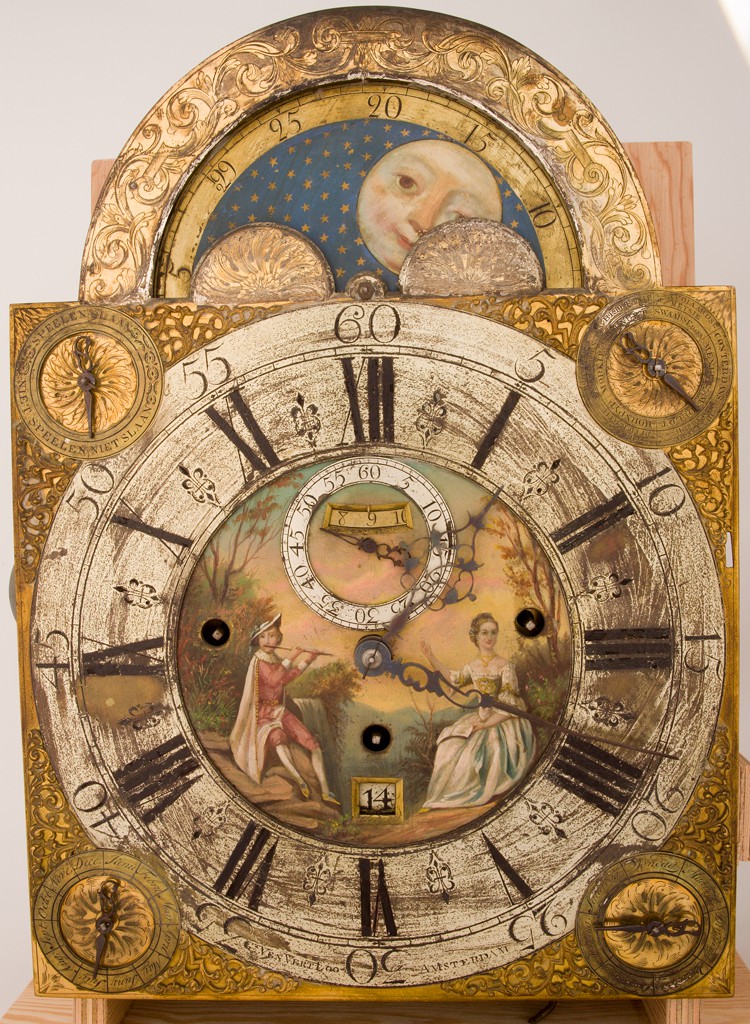1802: William Paley’s work, Natural Theology is published, giving the famous “Divine Watchmaker” analogy [68] [139]

Art Piece: Carved Tall-Case Hall Clock with Pendulum, Dutch, 18th Century [50]
Paper: A fairytale creation or the beginning of everything: Students’ pre-instructional conceptions about the Big Bang theory [11]
The natural world is filled with an enormous amount of complexity and nuance, so much so that it can be hard to reconcile the randomness of the universe with the precision which many things in nature possess. One of the largest attempts at popularizing this reconciliation was by William Paley, whose seminal Natural Theology contained his famous analogy [201] of a Divine Watchmaker — that the complexity found in nature implies that it is all the work of a Divine Creator, God, who made nature the specific way it is. In other words, Paley argued in favor of “argument from design,” where God the designer is responsible for the way the world around us is. Paley’s ideas were popular, and were even studied by many in school. One such person who studied [43] Paley’s works in school and came to be really fond of them was none other than Charles Darwin himself, who was actually very influenced by natural theology for a long time. Natural Theology [126] was quite popular during the Victorian Era, as it allowed many to reconcile their interest in the natural world with their desire to maintain their religious faith and Christianity. As a whole, Paley’s text was definitely a paradigm shift. Though Darwin was heavily interested in Natural Theology, his ideas as enumerated in On the Origin of Species actually end up rebuking many ideas which are related to Paley’s, another paradigm shift. In fact, Darwin even studied Paley during [143] his time at Cambridge University, and though the teachings of Natural Theology may not have entirely made their way into Darwin’s own text, Paley’s ideas did indeed influence Darwin for a very long time. The artwork [50] that is the “Carved Tall-Case Hall Clock with Pendulum” above is directly related to Paley’s ideas — the clock is exceptionally intricate and complex, and just as a Divine Watchmaker creating the complexity of nature, the Dutch creator of that clock played a similar role in crafting a complex and nuanced final product. The scientific paper above [11] is also similar to Paley and the context surrounding Paley’s ideas. Notably, the paper discusses pre-instructional conceptions that students have about the Big Bang; this paper showcases the ideas that many students come in with about the beginning and creation of everything, and just like Paley attempted to explain some of it, many people — and students — may use similar ideas to reconcile their faiths with their ideas.